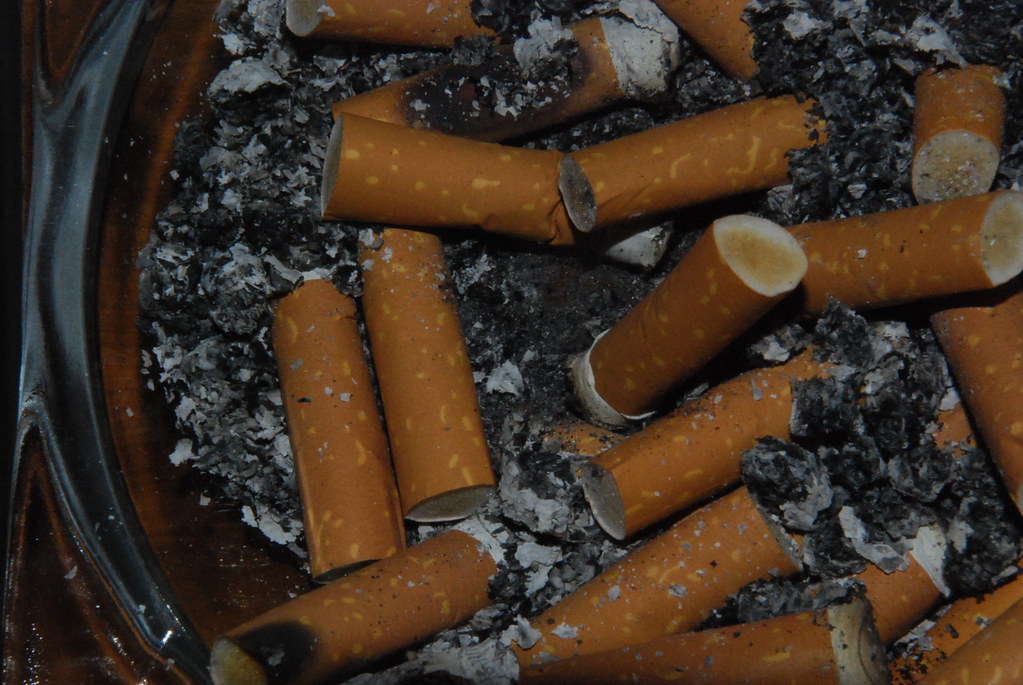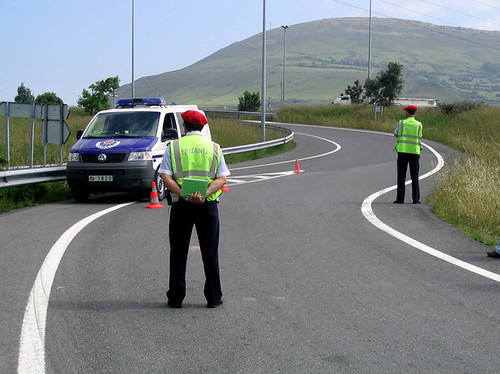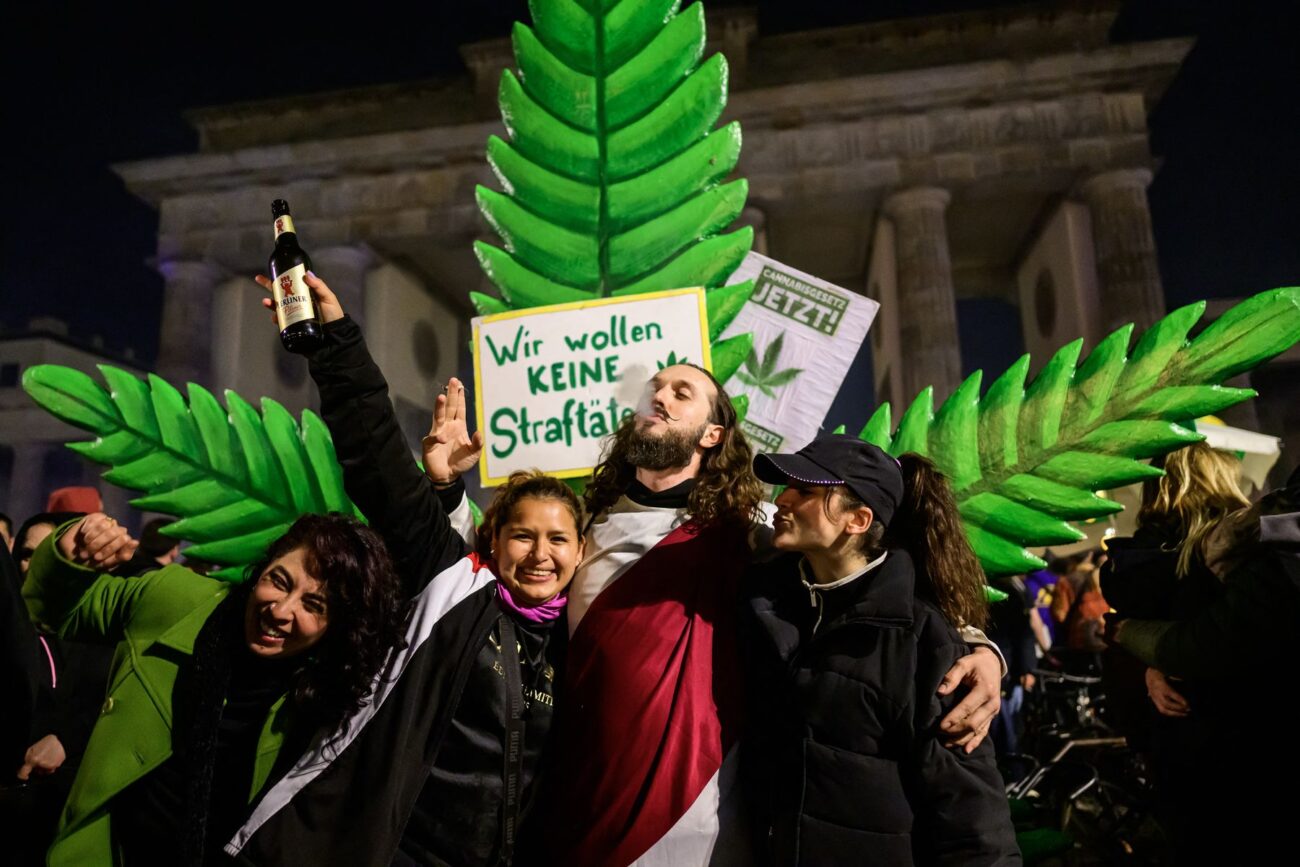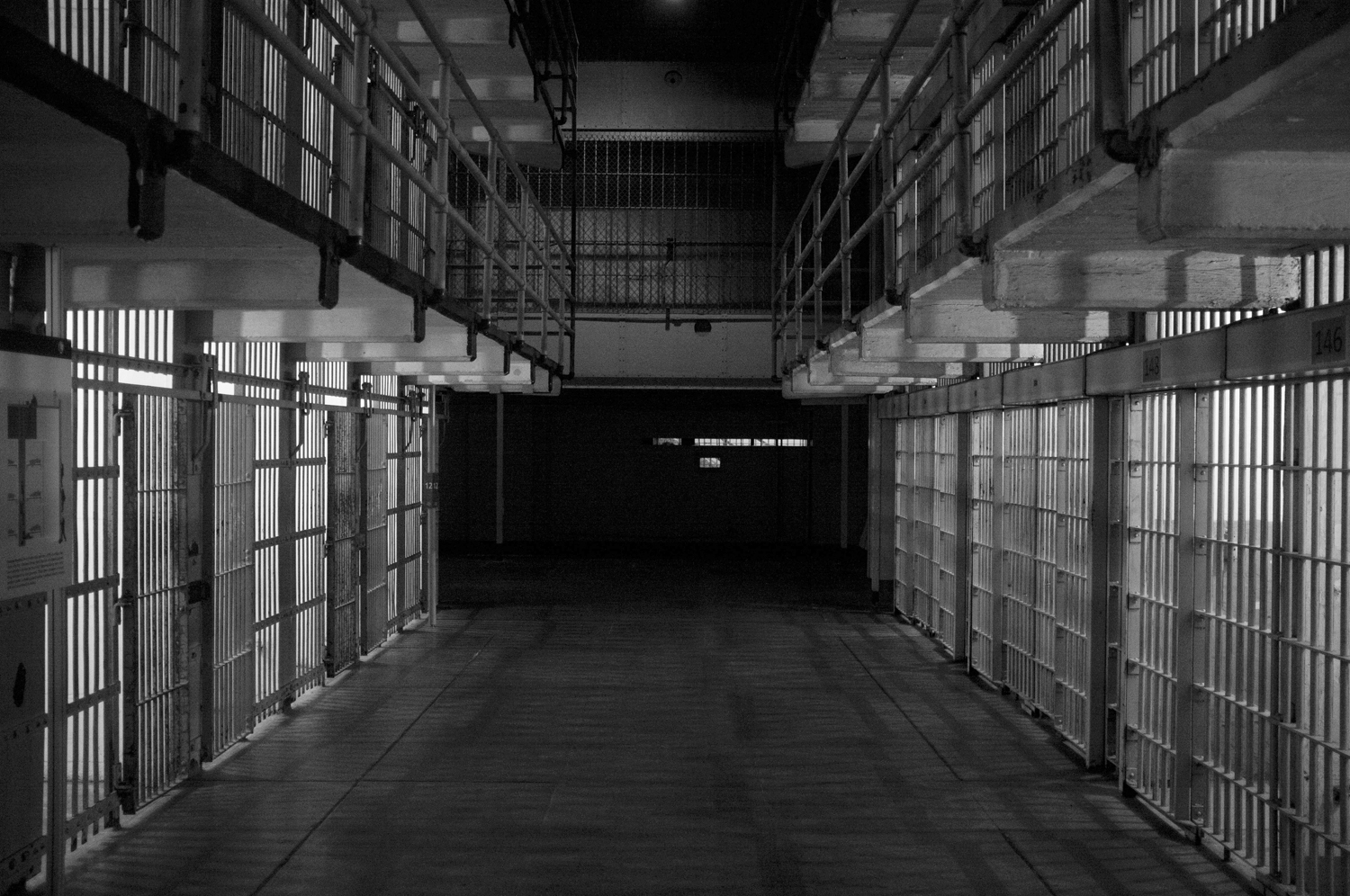Drug arrests and then what?
- The focus of the Ertzaintza has been on the consumption, production and sale of drugs in 2023 and spectacular operations have been carried out in Ayala.

In 2023, the Ertzaintza stops five people in Aiaraldea and leaves them under ten other drug trafficking investigations. In principle, the amount is not particularly noteworthy, but the importance given to it by the police itself. It should be noted that this spectacularity has not only taken place in Ayala, but that the police press office has disseminated such news throughout the CAPV.
In any case, two very different cases must be divided in this phenomenon. On the one hand, Ertzaintza has increased pressure on the consumption and sale of drugs in collective spaces. This has been reflected especially in some bars and youth venues, where the Ertzainas have carried out raids to "detect and act against the retail sale of drugs".
The Ertzaintza has increased the pressure on the sale of drugs in recent years.
In some cases they have denounced drug sellers (seven in Amurrio), but in general they have imposed fines for cannabis or other substances and have never arrested anyone in such operations. For example, in Amurrio six people were reported in late March and another eight in Llodio in February (two for drug sales). In addition, there have been more explorations and sometimes they have demanded that the customers of the bars, with the keys of the cars above, continue the search inside to open the vehicles.
In addition, fines have not been suspended there, and for example a young man from Ernai was fined EUR six hundred (using the Citizen Security Act) to the young people who were being explored for providing assistance in the midst of the raid.
Faced with the lack of public visibility of these interventions, there have been other arrests in Ayala, which have had a great impact on the media.
The first protagonist of this series of arrastres had three tons of hemp in a farmhouse in Belandia. The amount was certainly eye-catching, but it was striking that after the defendant passed in front of the judge, he was freed from charges. This seriously noisy operation had an enormous black spot, which has not yet been clarified. In fact, the arrested citizen argued that this cannabis did not have THC (i.e. a component of physical and psychological influence), specifically CBD was the marijuana it had in the store. This type of plant is not, in principle, illegal and can be acquired without any problem in some of the tabalera of the region, as the sale is not prohibited.
The region has been subjected this year to numerous arrests related to drug use and trafficking, characterized by spectacular operations against cannabis.
The other four detainees and two fellow investigators were reported in October. Their age ranges from 37 to 67 years, with a total of 1,500 marijuana plants. The three operations that took place in Amurrio, Llodio and Okondo and if no one ended up in jail, the allegations are not mild. In fact, they are charged with crimes against public health, and these penalties entail several years of imprisonment, as well as endangering all property and property. This is because they have grown marijuana, that is, because they produce a drug that is already legal in some countries, such as coffee, tobacco or alcohol.
The question, therefore, is what real results have left these last arrests beyond the headlines. In principle, if all this cannabis had to be on the black market, which is also yet to be demonstrated, in the area, in the region, it is clear that cannabis use has not gone down because it captures 1,500 plants. And if this has not been achieved, then the question is what the purpose of these arrests is. I mean, frightening consumers who plant marijuana to ensure its use? Does that not help the black market and the drug mafia? And are these areas of illegal drugs not the most dangerous aspects of consumption? I mean, who promotes violence and corruption? What has managed to stop Ayala’s neighbours and appear in the media?
The dramatic arrests of 2023 have not paralysed or reduced cannabis use.
So things, these arrests that leave spectacular images are not a sign of the triumph of the war on drugs, but an example of the failure of these repressive policies, which do not hinder consumption. At most, they make the product more expensive and cause psychosis among consumers. This argument is not intended to justify the harmful reality of any drug, at least potentially, but to be critical of the institutional response. For decades, oppression policies have not stagnated cannabis use. It's more and more common. Assuming that this cannot be avoided and taking into account that consumption is especially dangerous in adolescence and youth, the legalization of the substance cannot be a solution, since in the black market there is no age control.






















